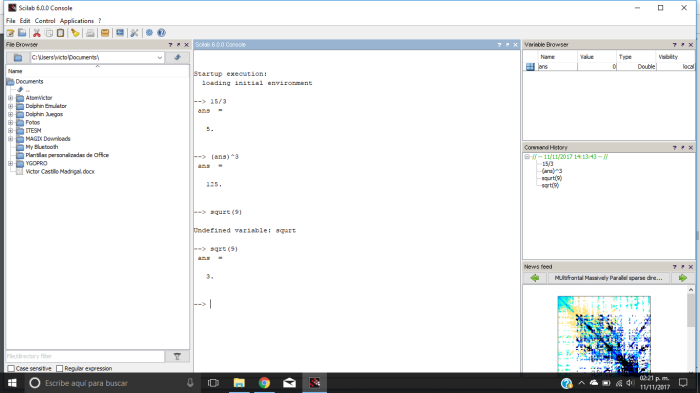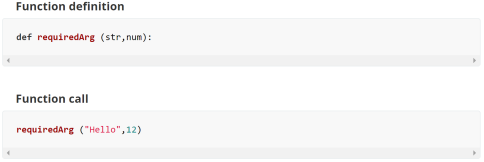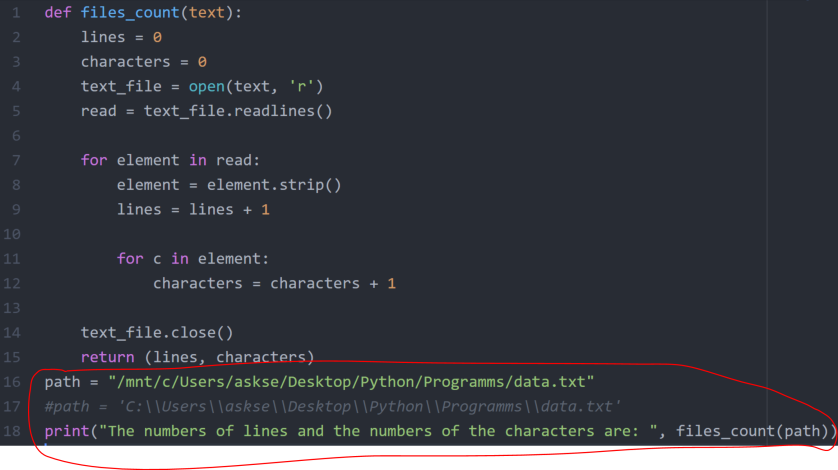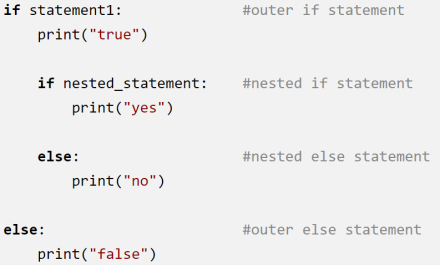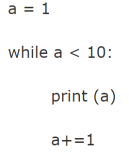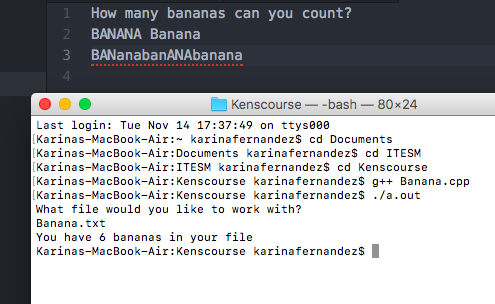--Originally published at Valeria CT
At the beginning of the semester, we were required to create a Blog, a Twitter account, and GitHub account. However, I never made a blog post about it, so here are the links to said accounts:
- Blog: https://valeriactblog.wordpress.com/
- Twitter: https://twitter.com/_valeriact
- *didn’t really use it for this course*
- GitHub: https://github.com/valeriact
-Valeria
“Collage of Digital (Social) Networks” flickr photo by Frau Hölle https://flickr.com/photos/frauhoelle/8464661409 shared under a Creative Commons (BY-SA) license

